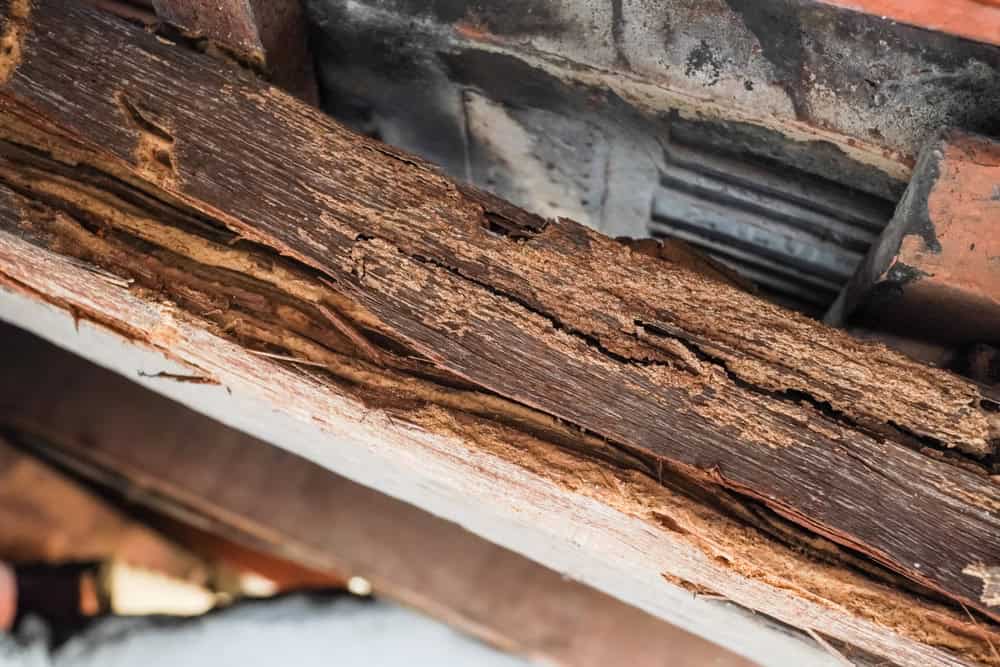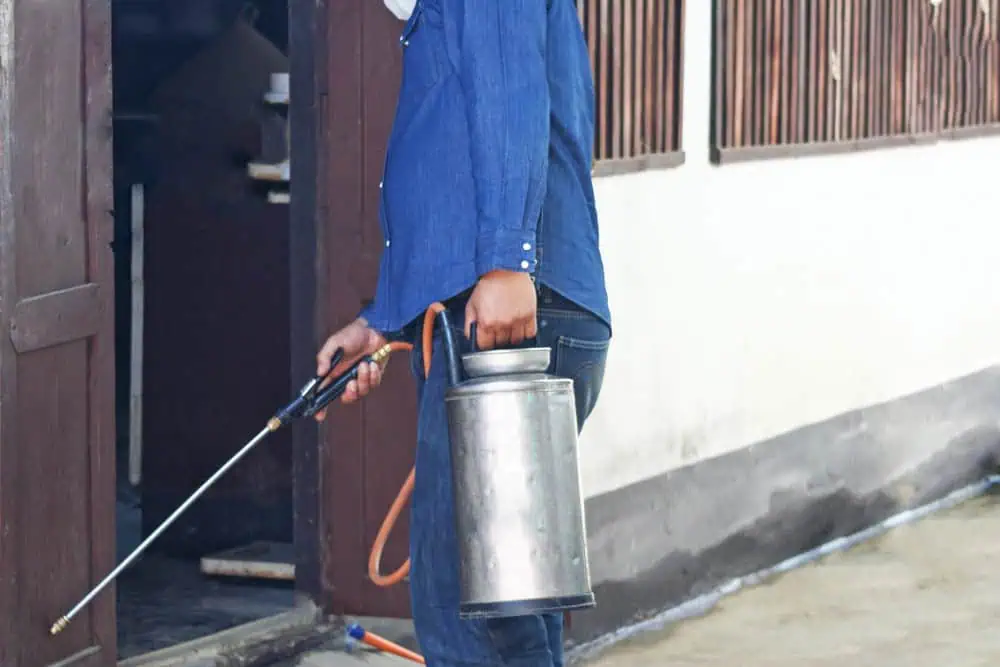Fast, effective termite treatment that eliminates the problem and protects your biggest investment from future damage.

Hear from Our Customers

You’ll sleep better knowing your home is fully protected from termites. No more worrying about mysterious wood damage or wondering if those tiny holes mean big problems.
Our termite treatment eliminates active infestations and creates a barrier that keeps new colonies from establishing. You get immediate relief from the current problem plus long-term protection that saves you thousands in potential structural repairs.
Point of Woods homes face constant termite pressure due to our humid climate and mature landscaping. Our treatment approach addresses the specific termite species common in New Jersey, giving you results that actually last instead of temporary fixes that fail within months.
86 Pest and Wildlife Removal has been protecting Point of Woods homes from termite damage for years. We understand how subterranean termites behave in New Jersey’s climate and soil conditions.
Our technicians are licensed, trained, and equipped with the latest termite detection and treatment technology. We’ve seen every type of termite problem that affects homes in our area.
When you call 86 Pest and Wildlife Removal, you’re working with professionals who live and work in the same community. We understand the urgency of termite problems and respond quickly when you need help.

First, we conduct a comprehensive termite inspection of your property. This includes checking your foundation, crawl spaces, basement, and any areas where termites typically enter homes. You’ll get a detailed report showing exactly what we found.
Next, we create a treatment plan specific to your situation. This might include liquid termiticide application around your foundation, targeted treatments for active colonies, or baiting systems depending on the severity and location of the infestation.
The treatment process is designed to minimize disruption to your daily routine. Most treatments can be completed in a single day, and you’ll receive clear instructions about any precautions needed during and after treatment. We’ll schedule follow-up visits to ensure the treatment is working and your home stays protected.

Ready to get started?
Your termite treatment includes a thorough property inspection, customized treatment plan, and professional application of proven termiticides. You’ll receive detailed documentation of all work performed and recommendations for preventing future problems.
Point of Woods properties often have unique challenges like mature trees, mulched landscaping, and older foundations that create termite entry points. Our treatment addresses these specific risk factors that make your home vulnerable to infestation.
You’ll also receive ongoing monitoring and maintenance recommendations to keep your protection current. This includes guidance on moisture control, landscaping practices, and early warning signs to watch for between professional inspections.
